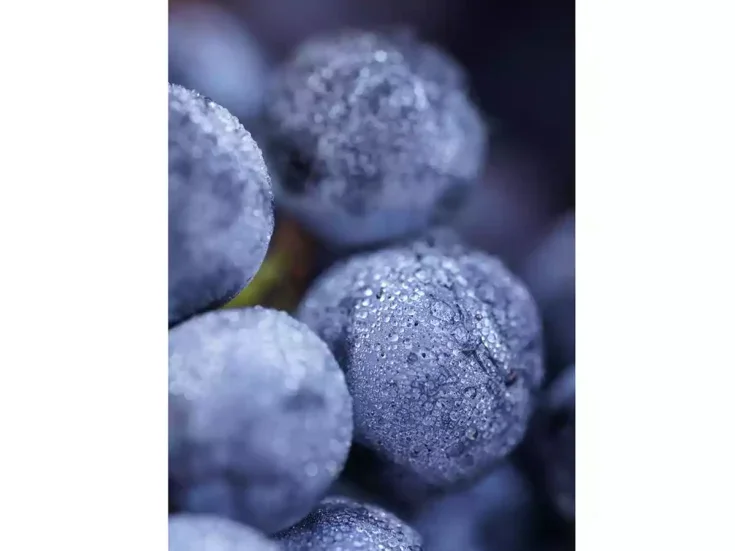
Tom Stevenson asks if we should let sparkling wines breathe.
The benefit of allowing a wine to breathe is inevitably discussed in the context of a still wine and almost always it will be a red wine—but what about sparkling? Should we let sparkling wines breathe?
I must be slow, but it has only just occurred to me that I have been conducting a lifetime study of the effect of breathing on sparkling wine. You will find an open magnum of top-quality bubbly in my wine fridge virtually every day of the week. It will probably be resealed with a temporary closure, though I don’t know why I bother. When asked, I tell others to use a stopper—not to preserve the fizz but to prevent the wine from being tainted by unwanted food aromas. I use a wine fridge, however, not a domestic fridge, so that’s no excuse. The temperature of the fridge slows down the release of CO2, but the use of a closure will not stop this loss until the pressure above and below the wine has equaled. For a significantly ullaged wine, the time it takes to achieve that would be well beyond that of any reasonable drinking-up period anyone might be tempted to leave it in the fridge. Consequently, my stoppering of opened magnums can only be attributed to habit, and the few occasions I have inadvertently failed to reseal a magnum, I have noticed no negative effect on either the effervescence or quality, unless the wine was unpleasant to begin with.
What have I learned from a lifetime of allowing sparkling wine to breathe in a fridge for two to five days? First and foremost, I cannot remember one time when an enjoyable wine has not been even more enjoyable on a second, third, or fourth day. As I have already said, if a wine is unpleasant to start with, it will usually deteriorate further, whereas if it is a faulty wine, it will always get worse.
When you allow a red wine to breathe, it could be for just 30 minutes, an hour or two, or perhaps even three or four hours. The red wine will be at an appropriate drinking temperature and possibly even decanted. Decanting a sparkling wine is a whole different topic, but suffice it to say that the process itself removes CO2 through mechanical action, which is best avoided—unless, of course, that is the express intent of decanting. The substantially cooler temperature of a sparkling wine dictates a substantially longer breathing to achieve an equivalent breathing effect. From my experience, I would suggest that one hour’s breathing for a red wine is roughly comparable to one day’s “fridge-breathing” for a sparkling wine.
A glimpse into the future
What does breathing achieve for sparkling wine? First, it makes the mousse so much softer and silkier. This is not to say that it has a significantly different mouthfeel to a fully sparkling wine. For example, if you were poured a glass after five days of fridge-breathing in a restaurant, the mousse would still froth up in the glass, and the wine would taste as you might expect it to taste.
On the palate of a sparkling wine, breathing can have different effects, but generally it adds creaminess to the texture, appears to magnify various facets of flavor, and subtly shows more evolved fruit and aroma. I have used fridge-breathing over considerably longer than five days to mimic aging. I call this glimpse into the future development of a wine “fast-forwarding,” and whereas one hour of red wine breathing equates to roughly one day of fridge-breathing, it seems that one day of fridge-breathing roughly corresponds to one year of cellaring under ideal conditions.
There have been rare occasions when a wine that was not particularly pleasant has surprised me after a few days in a fridge, and if you can track the relevant lot numbers down, I can give you an actual example to try yourself.
The wine in question is Fratelli Berlucchi Brut 25 in magnum. This beautiful sparkling wine won a gold medal at the CSWWC 2023 and the Best Franciacorta Trophy. Pleased with the result, Fratelli Berlucchi kindly sent me a magnum before Christmas. For transparency—because I am just one judge, and all three judges have to be in agreement under strictly blind conditions, where none of us knows who the producer of any wine is, let alone what the specific wine is—I feel it is only courteous to accept such gifts.
But when I tasted the gifted Fratelli Berlucchi Brut 25 in magnum, not only did I not recognize it as the wine that won the award, I have to confess that I did not even like it, because of its very reductive, green-fruit character. Sparkling wines are, by definition, reductive and should never be oxidative, but the reductive character here was simply too much. It was not a reductive fault—it was just “too reductive.” Since I have had a lot of experience of otherwise pristine and pure wines that are too reductive, I resealed the magnum and left it for one day. When I next opened it, the Fratelli Berlucchi Brut 25 was perfect. I had a glass with my dinner, resealed the magnum and left it another day. When I opened it after two days and a larger ullage, it was more than perfect! It was even better than I remembered it to be when it won the Best Franciacorta Trophy.
If any fizz fanatics reading this want to try this for themselves and can find well-cellared magnums of the correct lot number, the one submitted to CSWWC was LMB 182242, while the “too reductive” gift was LMB 182311. Happy hunting and fun tasting!






